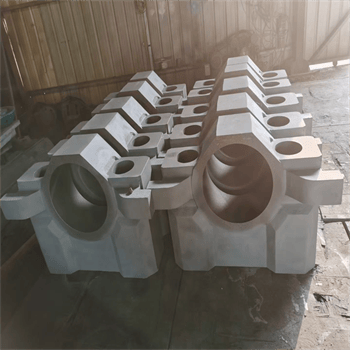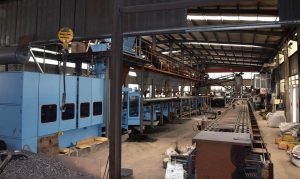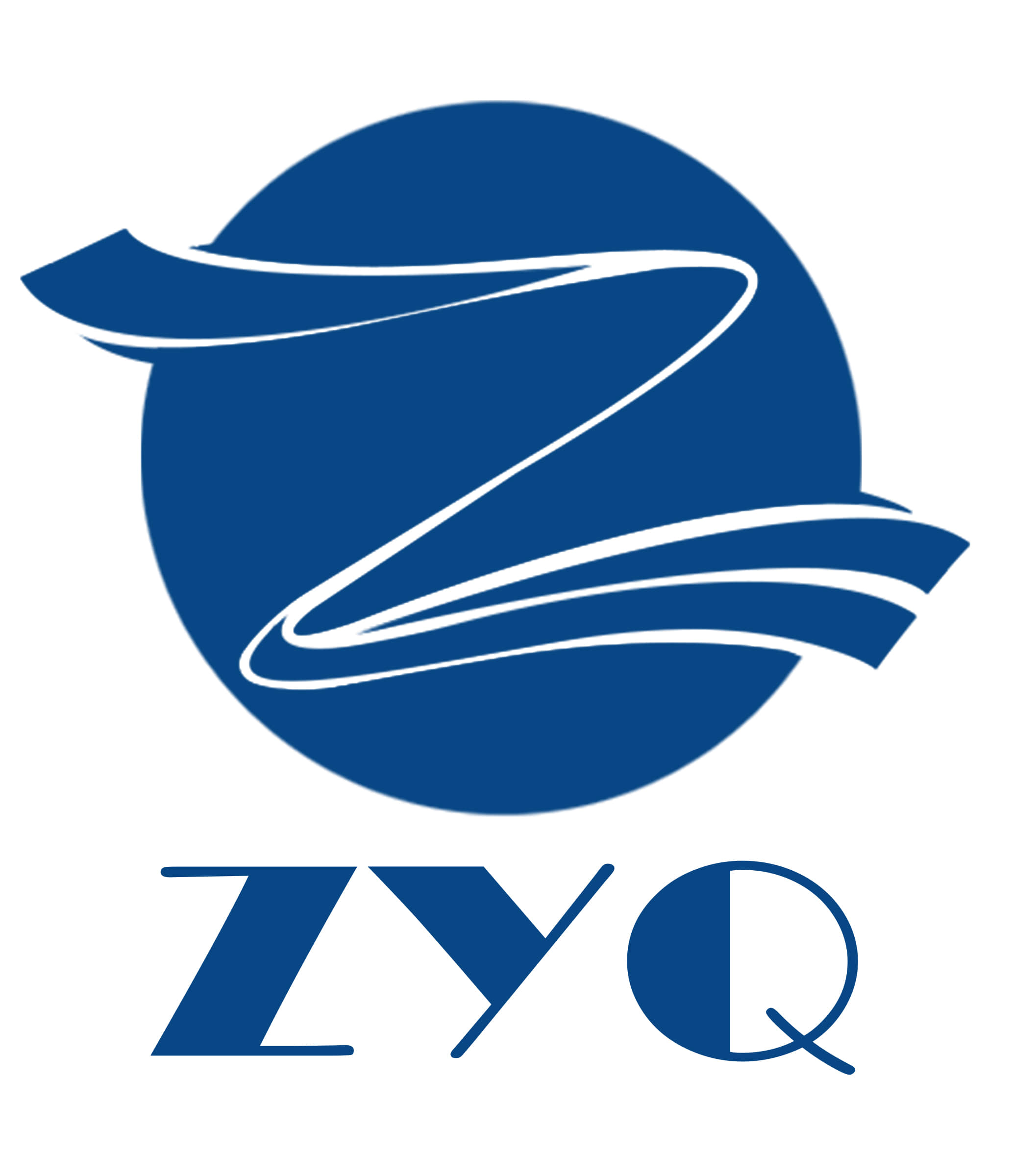OEM shell mold casting parts are widely used in various industries due to their high precision, excellent surface finish, and dimensional accuracy. These parts are produced using a shell mold casting process, which involves the use of a pre-coated sand mold that is heated to a high temperature and then filled with molten metal. The molten metal solidifies in the mold, and the shell is broken away to reveal the finished part.
We will cover everything from the advantages and disadvantages of shell mold casting to the different types of materials that can be used in the process. We will also discuss the applications of OEM shell mold casting parts and the factors that affect their quality.
One of the main advantages of OEM shell mold casting parts is their high precision. The shell mold casting process allows for tight tolerances and excellent surface finish, making it ideal for producing complex parts with intricate details. Additionally, the process is highly repeatable, which means that the same part can be produced consistently with minimal variation.
Another advantage of OEM shell mold casting parts is their dimensional accuracy. The pre-coated sand mold used in the process is designed to maintain its shape and size, which ensures that the finished part is produced to the exact specifications required. This makes shell mold casting ideal for producing parts that require high accuracy and consistency.
Despite its many advantages, OEM shell mold casting parts also have some disadvantages. One of the main disadvantages is the cost of the process. Shell mold casting requires a significant investment in equipment and tooling, which can make it more expensive than other casting processes.
Another disadvantage of OEM shell mold casting parts is the limited size of the parts that can be produced. The size of the mold is limited by the size of the furnace used to heat the mold, which means that larger parts may need to be produced using a different casting process.
OEM shell mold casting parts can be produced using a wide range of materials, including aluminum, brass, bronze, copper, iron, and steel. The choice of material will depend on the specific requirements of the part, such as its strength, durability, and corrosion resistance.
OEM shell mold casting parts are used in a wide range of applications, including automotive, aerospace, defense, and industrial equipment. They are often used for parts that require high precision and dimensional accuracy, such as engine components, transmission parts, and hydraulic components.
In the automotive industry, OEM shell mold casting parts are used for engine blocks, cylinder heads, and other critical components. In the aerospace industry, they are used for turbine blades, compressor components, and other high-performance parts. In the defense industry, they are used for weapons components, armor, and other critical parts.
The quality of OEM shell mold casting parts is affected by a range of factors, including the design of the part, the quality of the mold, the choice of material, and the casting process itself. The design of the part should take into account the limitations of the shell mold casting process, such as the size and complexity of the part.
The quality of the mold is also critical to the quality of the finished part. The mold should be designed to maintain its shape and size during the casting process, and the pre-coated sand should be of high quality to ensure a smooth surface finish.
The choice of material is also important, as different materials have different properties that can affect the quality of the finished part. The casting process itself should be carefully controlled to ensure that the molten metal is poured at the correct temperature and that the solidification process is uniform.






















